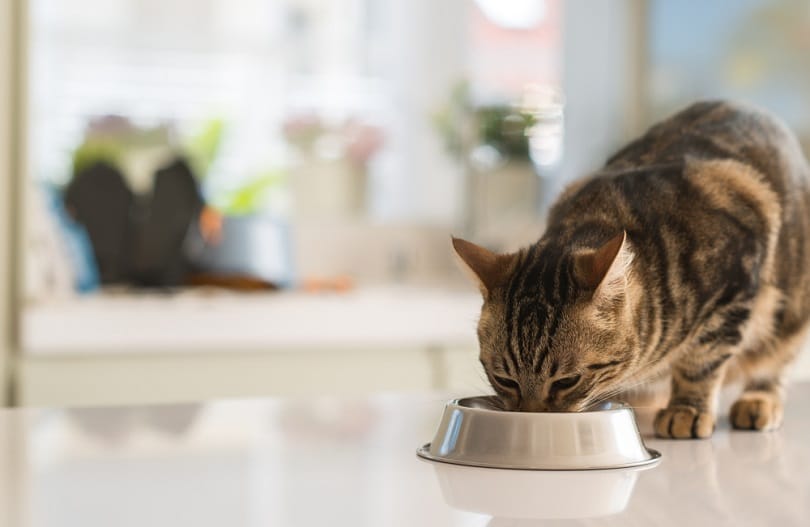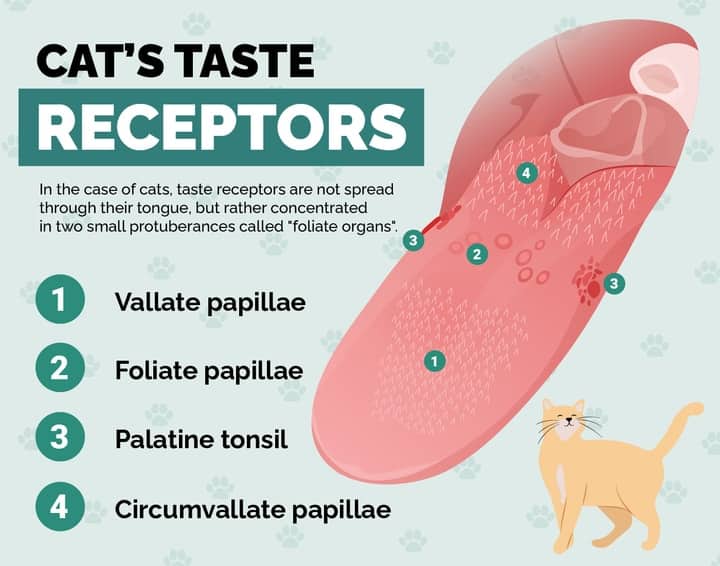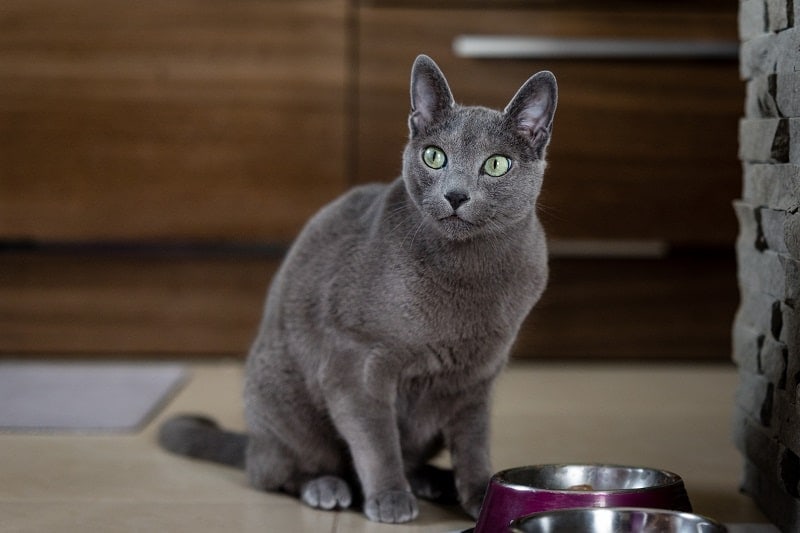Since sweets are treats for us humans, it’s natural to assume that they would also be treats for cats. However, studies have proven that cats cannot taste sugar, so there is no point in giving it to them. Keep reading as we take a look at these studies and other scientific facts to see if we can understand our pets a bit better.
Who Conducted These Taste Studies?
One of the studies that suggest that cats cannot taste sweets is brought to us by the Monell Center, an institution dedicated to learning more about the senses of taste and smell. It started in the late 1960s and has a vast database of knowledge. You can read much of what is available on its website. You can also find advice on improving your overall health, diagnosing and treating disease, and much more.
The Results Are Not Shocking
Most experts agree that the findings of the study are not entirely surprising. Cats seem to prefer other foods, like fish or salt, over sweets. Cats are also strict carnivores in the wild and will only eat the animals that they kill. Pet cats primarily eat dry cat food containing (hopefully) high-quality meats like chicken, beef, turkey, fish, and duck. Since cats do not naturally eat anything but the animals they kill, they are unlikely to develop the sensors to taste sweets.


How Taste Works for Cats
The tongues of most mammals have tiny taste receptors on the surface. These release proteins that bind with substances as they enter the mouth. Different proteins react to different tastes. Sweet-tasting receptors will bind to sweets, while sour-tasting receptors will attach to sour foods. When the proteins leave the receptor, it sends a signal to the brain to know what the flavor is. Most foods have a complex list of ingredients that bind to several proteins at once, producing the overall flavor we can recognize as pizza or chocolate cake.
The number of receptors on each mammal tongue is directly related to the number of amino acid combinations that result in bitter-tasting genes. Some mammals, like whales and dolphins, have very few and can only taste salt. Humans have about 24 bitter-tasting genes. We can taste sour, bitter, sweet, salty, savoriness, and some experts say, fat in different combinations and concentrations, allowing for millions of blends and flavors. Your cat has about seven of these bitter genes, so they have a much more limited ability to taste flavors. In fact, cats lack the ability to taste sweets because of a defect in one of the genes that normally encodes for the sweet receptor.

How Do We Know Cats Can’t Taste Sugar?
Scientists have narrowed the ability to taste sweets to a pair of genes called Taz1r2 and Taz1r3. These are present in all other mammals, but Taz1r3 is defective in cats, and it’s not just domestic cats that are affected. It’s all felines, from the lion to the panther. Not having these genes in their DNA prevents them from tasting sugar the way we do.
Why Do Animals Have Bitter-Tasting Genes?
While no one is positive, most experts believe that the bitter-tasting genes developed to protect animals from poisoning. Omnivores like humans will eat plants and animals and need a better-developed taste to detect harmful compounds. Sweet food tends to be safe to eat and good for us, while bitter and sour foods are often poisonous.
Cats do not naturally eat different berries and plants, so they are unlikely to be accidentally poisoned by them. However, they probably have a good sense of whether the meat they are eating is good, and they can be quite picky.


Summary
Unfortunately, your cat cannot enjoy sugar the way that you do, but it’s probably for the best. Cats can be quite demanding, and the high-fat treats available to them already put them at risk of obesity and a host of health problems. If they were also fond of eating sugar, obesity would be more rampant, and it would be terrible for their teeth. With more than 50% of the cats over 4 years of age having some form of dental disease, we don’t need to add to the problem by offering sugar.
See also:
- Do Cats Have Taste Buds? Vet-Reviewed Facts & FAQ
- How Do Cats Taste Their Food? Vet-Approved Anatomy Facts
Featured Image Credit: ANNA TITOVA, Shutterstock










